Young women should be encouraged to pursue careers in science
By Sulagna Bhattacharya CEO, Nanoscope Therapeutics, Bedford Texas
With our nation emerging from the devastating COVID-19 pandemic, this is a good time to encourage more women to pursue science, technology, engineering and mathematics (STEM) careers.
Not only does the STEM field have some of the highest paying jobs, but also these roles can be among the most personally and professionally rewarding as they are essential to generating the kinds of innovation we need to secure our future.
Women are sometimes overlooked in science and technology, but as we know from the extraordinary international effort to fast-track development of COVID-19 vaccines, many women played key roles.
BioNTech, co-founded by Özlem Türeci, M.D., developed the first approved vaccine, which is based on new technology involving mRNA. Kizzmekia Corbett, Ph.D., a scientist with the National Institutes of Health, was key to the development of the Moderna mRNA vaccine. And Anika Chebrolu, a 14-year-old Texas eighth grader, won 3M’s Young Scientist Challenge in 2020 for discovering a potential medicine to treat COVID-19.
These are just a few of the contributions women made in fighting this pandemic. Yet U.S. Census data shows that while more and more women are entering the STEM workforce, men still dominate. Over the past 50 years, women in STEM roles increased from 8% of all U.S. workers in 1970 to 27% in 2019, meaning men currently hold 73% of all STEM jobs, but make up just 52% of all U.S. workers. The gender gap in scientific research is similarly disappointing.
A UNESCO Institute for Statistics Women in Science June 2020 report revealed women account for 30% of researchers worldwide and 32.9% in North America and Western Europe. In my home country, India, only 16.6% of researchers are women.
Among the reasons women are needed in biomedical research is to provide a more diverse and talented workforce and offset a traditional gender bias in studying diseases. In addition, a U.S. Department of Commerce report showed STEM occupations are increasing significantly faster than non-STEM occupations, suggesting there could be a shortage of STEM workers to support this economic growth.
According to Learning Liftoff, an online resource for parents to help their children reach their full potential, “Girls are interested in math and science when they’re young, but they’re often diverted before high school and eventually declare their college major in another field. An American Association of University Women study of 1,226 female science professionals found that girls actually demonstrate interest in science at a young age, but are discouraged due to antagonistic, critical behavior in many math and science departments. Nearly 40 percent of respondents indicated experiencing such behavior.”
Our schools can play a major role in shattering the glass ceilings for women interested in STEM careers by bringing professional women working in these fields into the classroom to interact with students and by helping young women identify career options early.
I have an undergraduate degree in electrical engineering and serving as the CEO of Nanoscope Therapeutics is very rewarding—and I don’t mean monetarily. It’s a different pleasure. I am hopeful our optogenetic gene therapies for hereditary retinal degenerative diseases will restore vision for millions of people all over the world, including members of my own family. My uncle, for example, was diagnosed with retinitis pigmentosa in his late 30s and he was blind by 50.
I was fortunate. My parents instilled in me an interest in science. My father was a doctor, and my mother was a college professor (Ph.D.). My dad taught me to think about the whole world and do something to better society so when I leave, my footsteps are still there. For me, biomedical research is how I hope to make a difference. It’s a long journey and there are many challenges for women, especially minority women like me.
For young women interested in STEM careers, if you have the passion, I urge you to pursue it and start leaving your own footsteps for others to follow.
Sulagna Bhattacharya is the CEO of Nanoscope Therapeutics. She has decades of experience in management consulting with specialties in business intelligence and risk management. Her expertise includes market research, product and business development, planning including budgeting and forecasting. She played a key role in seven full life cycle project implementations including two merger acquisitions. She has authored multiple publications and patents. She is the 2019 recipient of the Forth Worth Business Press Healthcare Heroes award. Reach her at ceo@nanostherapeutics.com



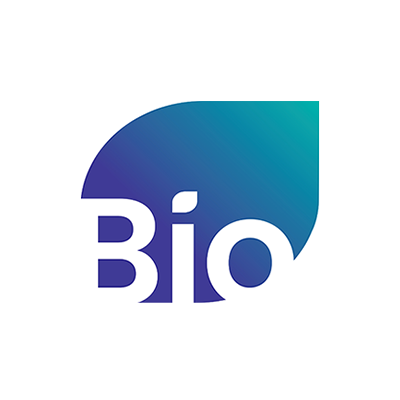

.jpeg?itok=ByJuBfy-)
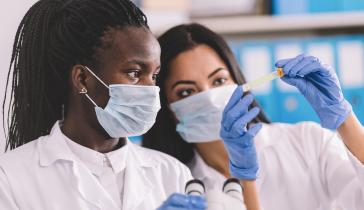



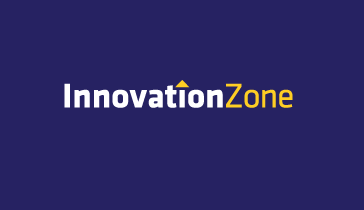



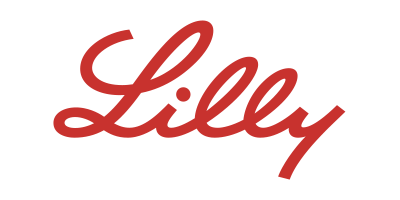



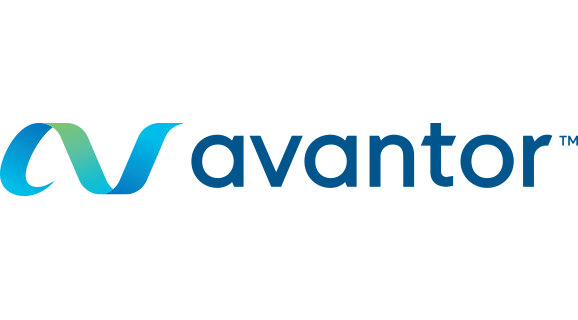

.png)


